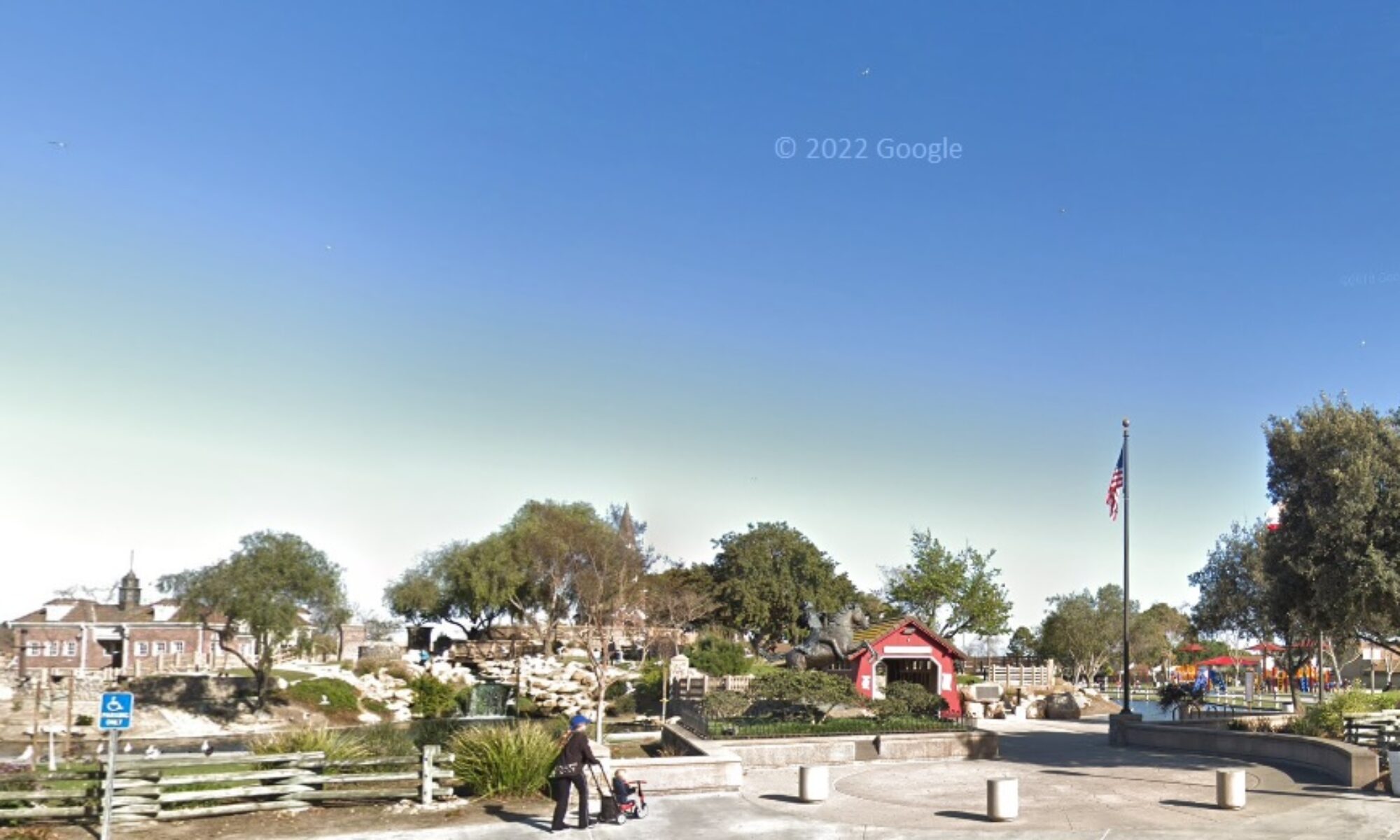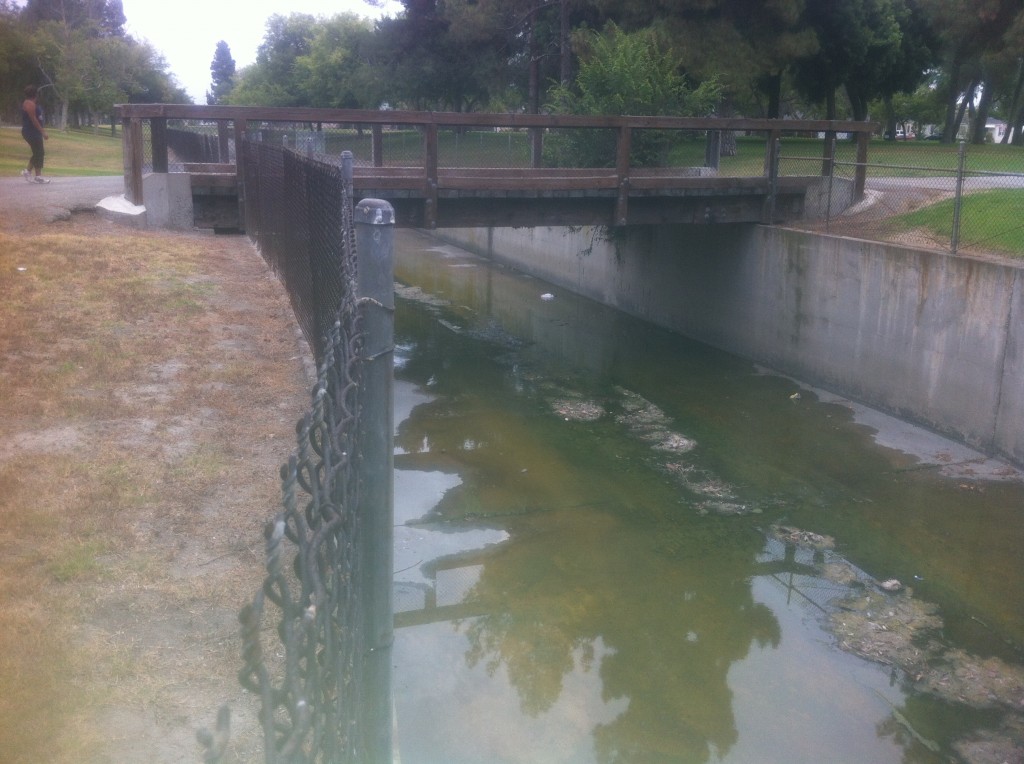By Jonathan Whitcomb
Not all newspaper articles about one or more sightings of modern pterosaurs come from press releases, but some of them do. Consider the following three news releases:
Flying dinosaurs – Who believes they’re alive?
An author in Utah publishes a book: strange flying creatures.
Belief in “prehistoric” flying creatures in Papua New Guinea relates to culture more than to religion, according to nonfiction author Jonathan Whitcomb, of Murray, Utah.
Salt Lake City-Ogden, UT (1888PressRelease) November 20, 2014 – Do you believe in the possibility that long-tailed featherless flying creatures, much larger than any fruit bat, live in the jungles of Papua New Guinea? Your belief depends a great deal on where you lived your childhood: in a village like Gomlongon on Umboi Island or in a western country like the United States.
.
.
Human Memory and Pterosaur Sightings
The passage of time from an encounter with a “pterodactyl” to the reporting of the sighting has limited relevance.
“Encountering a live ‘pterodactyl’ is unforgettable,”according to the cryptozoology author Jonathan Whitcomb, of Long Beach, California. [In recent years he has lived in central Utah.]
.
A new nonfiction book discloses why many biologists in Western countries have failed to consider accumulating eyewitness reports of modern living pterosaurs, including those observed in Australia.
LONG BEACH, Calif/KSN/Oct 4, 2012 — According to the American nonfiction cryptozoology author Jonathan Whitcomb, modern pterosaurs live not only in the remote jungles of Papua New Guinea, but in various parts of Australia.
.
###
.
1) Strange Flying Creatures Reported in Utah
2) Murray, Utah, Resident Seeks Eyewitnesses
3) Live Pterosaur in Georgia? (USA)
.
Pterosaur eyewitnesses can be reliable and critics, unreliable
A typical remark from a critic, who replies to an account of an apparent extant pterosaur, is like this: “Eyewitnesses are notoriously unreliable.” . . . one thing that is even less reliable than direct eyewitness testimony . . . The critic is observing something in his or her imagination.
.
Living pterodactyls in press releases
Where do these flying creatures appear [in North Carolina]? They have been reported in Raleigh, Durham, Asheville, Wilmington, and in other areas of N.C. . . .
.
Evidence of Modern Pterosaurs or Ropens
When an animal dies, it begins to decay, usually soon looking little like its appearance during life. The vast majority of large wild animals in wilderness areas die and decay away before any person discovers the carcass. Ropens, and other modern pterosaurs, live in fewer numbers than many other creatures, leaving far fewer carcasses than common birds and mammals and reptiles.
.
Videos about modern pterosaurs
Why do people around the world report seeing a long-tailed pterodactyl? It’s because ropens are nocturnal and rare but spread across the planet, and on occasion some fly in daylight.
.
Nonfiction dinosaur book for a young reader
What the eyewitnesses have seen, in many areas of the world, are not literally flying dinosaurs. The correct name for this kind of flying creature is ‘pterosaur.’ How is that possible? All of them are said to have become extinct many millions of years ago. It takes a whole book to answer a question like, “Why do some people believe that some of them are still alive?” This is one of those books.
.
Pterodactyl eyewitnesses from five continents
During my expedition on Umboi Island in 2004, I saw that native eyewitnesses sometimes might find it awkward to talk about the ropen, but they apparently had no fear that their neighbors would think them crazy for talking about seeing a ropen. On the other hand, I have noticed, over the years, that persons in Western countries commonly fear that friends and family might think them crazy for saying they had seen a living pterodactyl.
.




